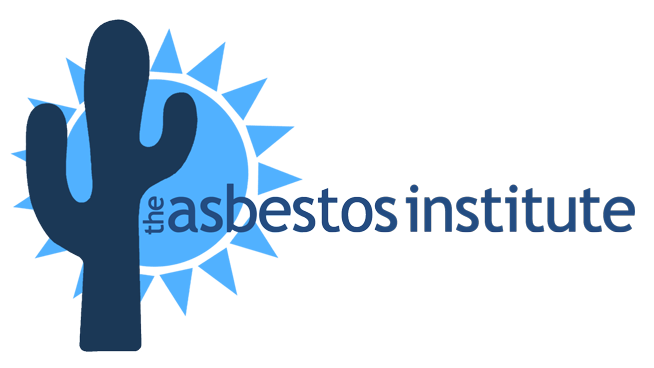Asbestosis Definition
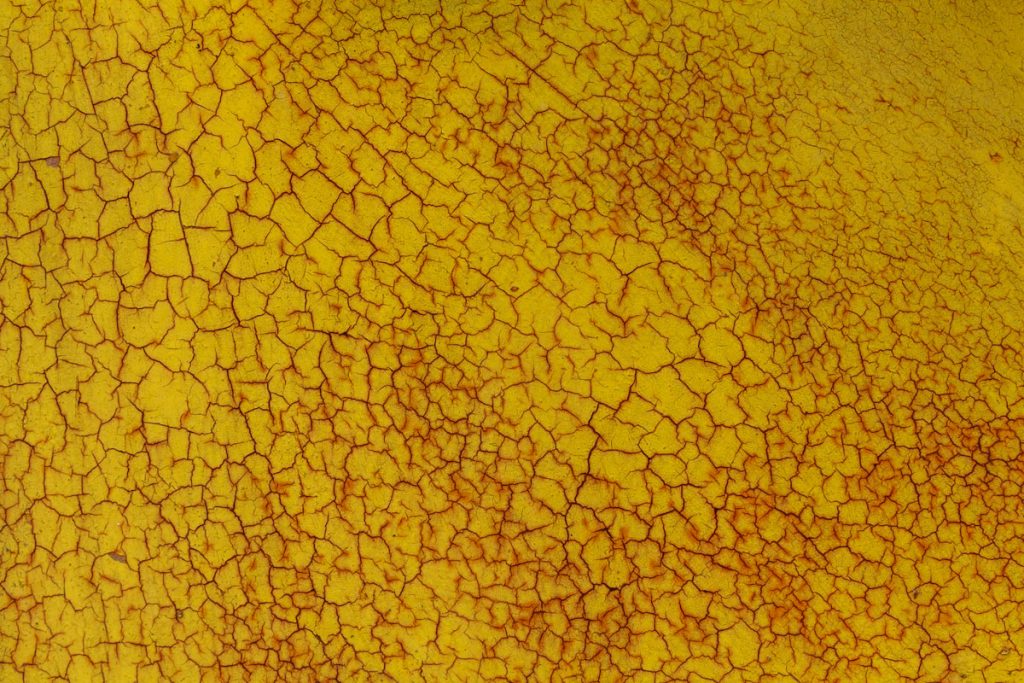
Here is the Mayo Clinic’s definition of asbestosis: Asbestosis (as-bes-TOE-sis) is a chronic lung disease caused by inhaling asbestos fibers. Prolonged exposure to these fibers can cause lung tissue scarring and shortness of breath. Asbestosis symptoms can range from mild to severe, and usually don’t appear until many years after continued exposure. Asbestos is a […]
Popcorn Ceiling Removal Cost 2020

How much does it cost to remove a popcorn ceiling? You can expect to pay about $1.50 per sq. ft. on average or $1 to $2 per sq. ft. for popcorn ceiling removal that may or may not contain asbestos. According to homeguide.com popcorn ceiling removal costs about $1.50 per sq. ft. with average prices […]
Ten Places You Can Find Asbestos

Asbestos can be found in many unexpected places. Here are ten spots where asbestos may be found where you may not realize it. read on to learn more. Seals And Sealants Asbestos was often used in caulking in windows and doors until the 1970’s. It was also used on furnace doors, gasket seals, old coal […]
How Do You Get Rid Of Asbestos Siding Safely?

If your home has tested positive for asbestos, you will want to remove it as soon as possible. So, how exactly do you get rid of asbestos siding safely? In some cases, the best option may actually be to not remove the asbestos siding at all. Instead, installing brand new siding placed on top of […]
Is Asbestos In Popcorn Ceilings Safe?
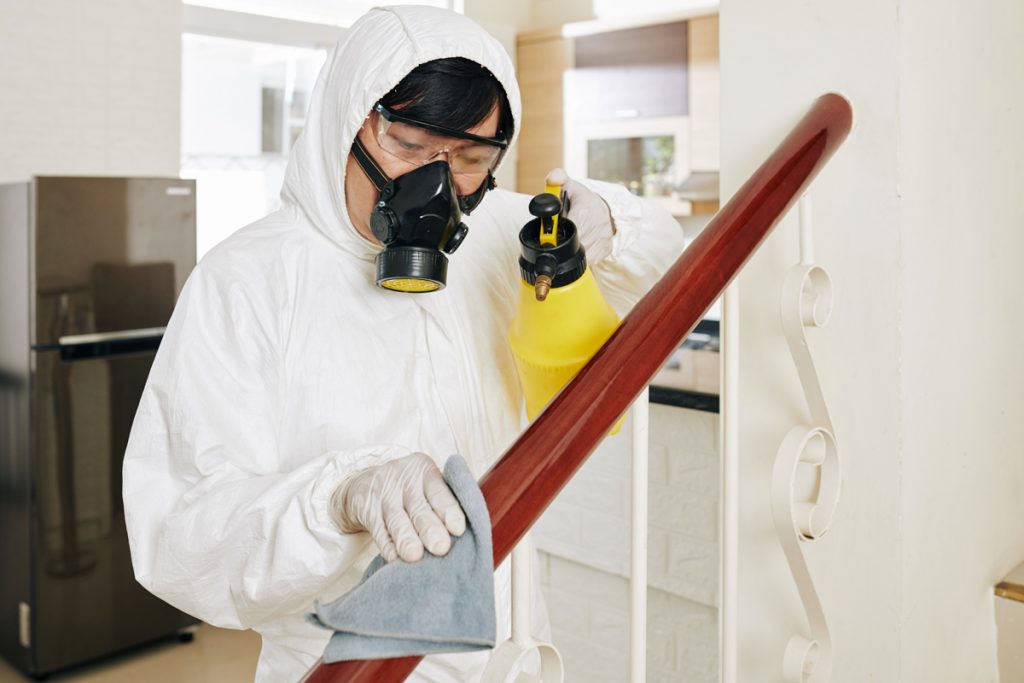
Spray-on popcorn ceilings were immensely popular in the early 1950s to 1980s. Better known as “popcorn ceiling,” “stucco ceiling” and/or even called “cottage cheese ceiling,” this material was generally one to ten percent asbestos. So, it begs the question, is asbestos in popcorn ceilings safe? Identifying Asbestos In Ceilings There are many ways to figure […]
Asbestos And Popcorn Ceilings
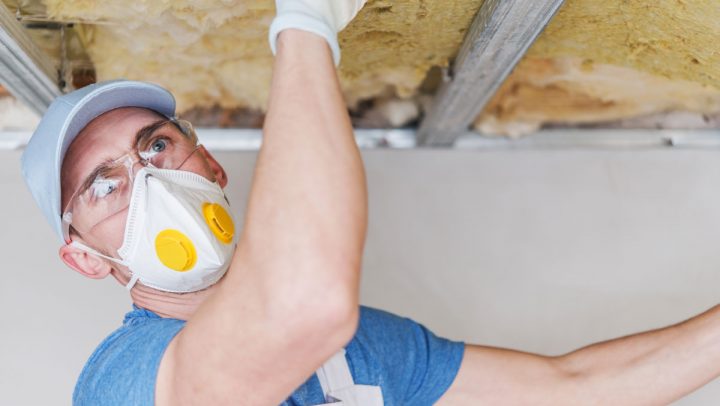
Also known as textured or acoustic ceilings, popcorn ceilings are easily recognized because of their bumpy texture. Many popcorn ceilings contain asbestos. read on to learn more. Popcorn ceilings were popular from the 1930’s to the 1990’s for the following reasons: Absorbs echoes and noise Conceals imperfections Cover ceilings that are unfinished Once, Asbestos Was […]
Asbestos Insulation Removal Costs 2021

Asbestos Insulation Removal Asbestos removal may become an issue when a material containing asbestos is damaged, crumbling or flaking in your home. Read on to learn more about what to do and the costs associated with the removal of asbestos. Asbestos was used very widely in building materials before the start of the 1970’s. In […]
Asbestos Insulation Removal

Asbestos Insulation Removal Asbestos removal may become an issue when a material containing asbestos is damaged, crumbling or flaking in your home. Read on to learn more about what to do and the costs associated with the removal of asbestos. Asbestos was used very widely in building materials before the start of the 1970’s. In […]
Asbestos And Cooling Towers

The concept of a cooling tower itself suggests the use of asbestos. A cooling tower is meant to convert excess heat from a coolant or water into waste heat and let it off into the atmosphere. Depending on the type and the use of the tower, the makeup of cooling towers can vary significantly. One […]
What is OSHA?
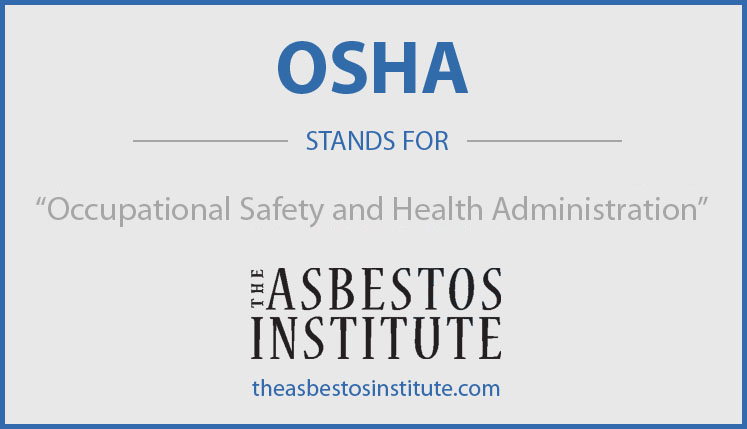
Upwards of 90 million people in the US are spending their days on the job. As a nation, they’re our most important resource. And shockingly up until 1970, there were no unified and concise requirements available for safety in the workplace and their protection against health risks. How did OSHA Form? In 1970, Congress took […]
Identifying Asbestos Insulation

When it comes to asbestos, it rarely needs introduced at this point. The majority of homeowners need to be educated on the general danger of breathing and disturbing asbestos fiber. Older buildings and homes may have asbestos within products from hot water piping insulation to furnace insulation, even floor tiles. Typically, it is recommended to […]
Asbestos In Brakepads
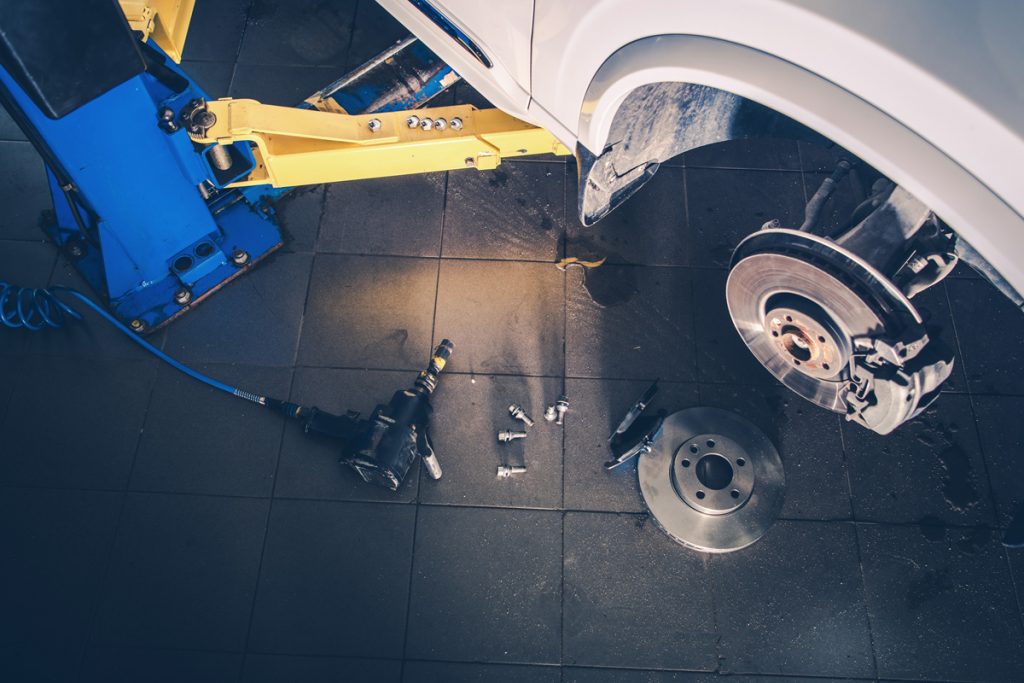
Asbestos is well known as a human carcinogen yet there are still materials containing asbestos in the USA and one of those products is often brake pads. read on to learn more. Aftermarket Brakes The majority of auto manufacturers haven’t installed asbestos-containing brake pads since the 1990’s due to health concerns for those that perform […]
Asbestos In Older Buildings Health Risks

The world famous Cleveland Clinic have published a very good layman’s guide to asbestos in other buildings – including the associated health risks and how to protect your family from exposure. You can read the entire article here. Pulmonologist Humberto Choi, MD, says it was also used in shipbuilding and construction to make cements and plastics […]
Asbestos In The News

On May 15, 2020, the non-partisan Environmental Working Group issued a press release stating asbestos has been discovered in eye shadow kits that are talc based. Read on to learn more. The entire press release can be read here. Laboratory tests performed by the Scientific Analytical Institute of Greensboro, NC or behalf of the Environmental […]
How Is Asbestos Dangerous?

Asbestos fibers most often enter the body is through breathing . Several of the fibers become trapped in the mucous membranes of the throat and nose where they can then be removed, but some can get into the lungs, or, if swallowed, into the digestive tract. Asbestos is most hazardous when it is friable, meaning […]
Asbestos Around The House

Window and door seals Asbestos can be found in caulk or sealant products which are placed on windows and doors. The material’s heat resistance is suitable to keeping temperate air from passing through the sealant. Caulk with asbestos was also once used to increase the efficiency of gasket seals found in furnace doors. Apart from […]
Asbestos In The News

Asbestos has been making the news lately. The EPA has concluded asbestos exposure poses an “unreasonable” risk in many cases. Read on to learn more from the report at the very respected chemistryworld.com The US Environmental Protection Agency (EPA) has concluded that commercial and consumer uses of asbestos present an ‘unreasonable risk’ to human health, […]
COVID-19 And Asbestos Related Diseases

COVID-19 is a respiratory illness which can range in severity from person to person from mild infections to much more serious. Those most at risk of serious infections include: People over 70 People under 70 with underlying health conditions (including respiratory illnesses) People with compromised immune systems (such as people who have cancer) Pregnant women […]
Non-Occupational Exposure To Asbestos
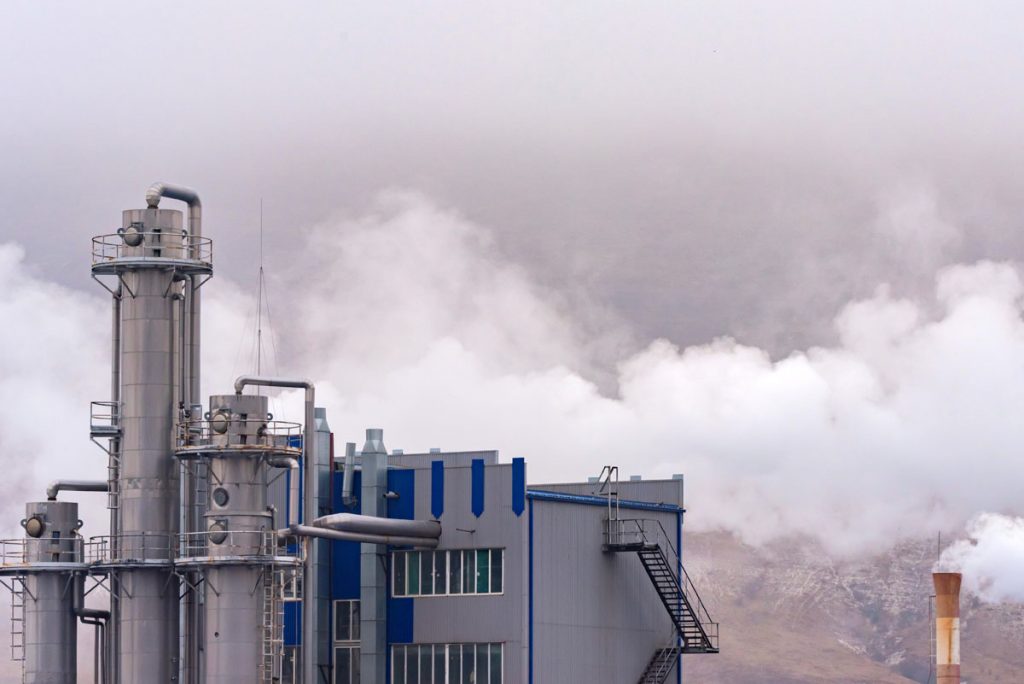
Mesothelioma is a dangerous and rare form of cancer and so far, it is only known to be caused by asbestos exposure. It affects the mesothelial cells situated in the area of the lungs and abdomen, causing them to turn into cancerous cells and develop a tumor. However, people can also succumb to it through […]
Ten Places You Can Find Asbestos

Asbestos can be found in many unexpected places. Here are ten spots where asbestos may be found where you may not realize it. read on to learn more. Seals And Sealants Asbestos was often used in caulking in windows and doors until the 1970’s. It was also used on furnace doors, gasket seals, old coal […]
Asbestos In Guttering
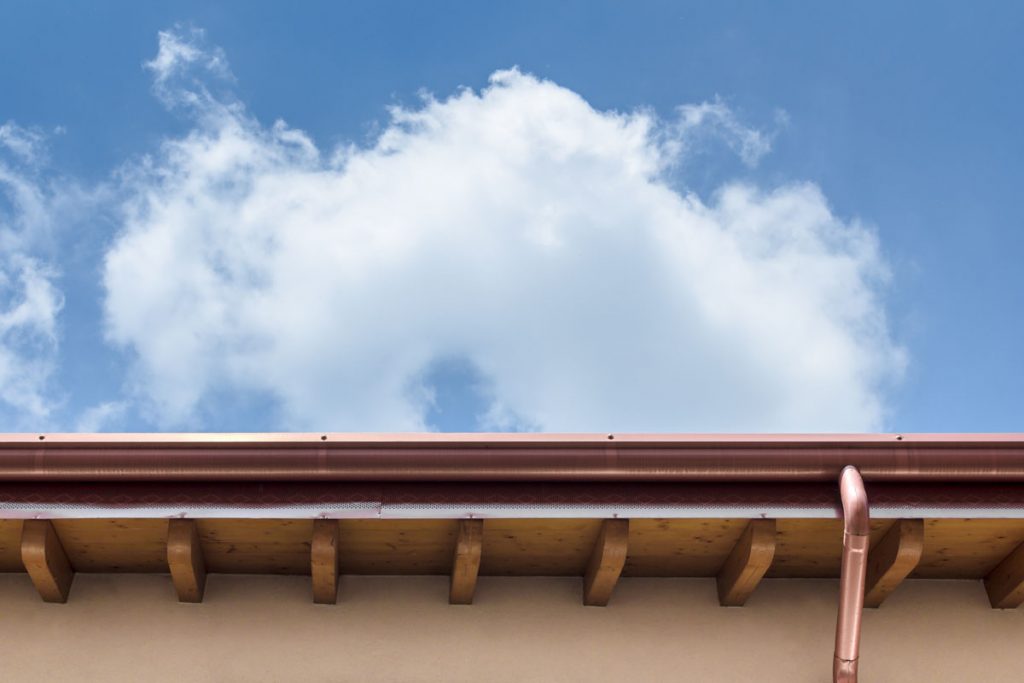
Originally used because of its great strength, asbestos was used in many construction projects over the decades as it was malleable and resistant to heat. Of course, it was later discovered when asbestos fibers come into contact with air and is inhaled by humans, it greatly increases the risk of mesothelioma, lung cancer, and asbestosis. […]
Asbestos In Nature

In reality, “asbestos” is a legal and commercial term that describes a specific group of silicate materials forming long bundles of very thin and lengthy mineral fibers. Read on to learn more about asbestos in nature. Asbestos is most commonly found in three rock types: serpentinites, altered ultramafic rocks, and some mafic rocks. Other rock […]
Types Of Asbestos
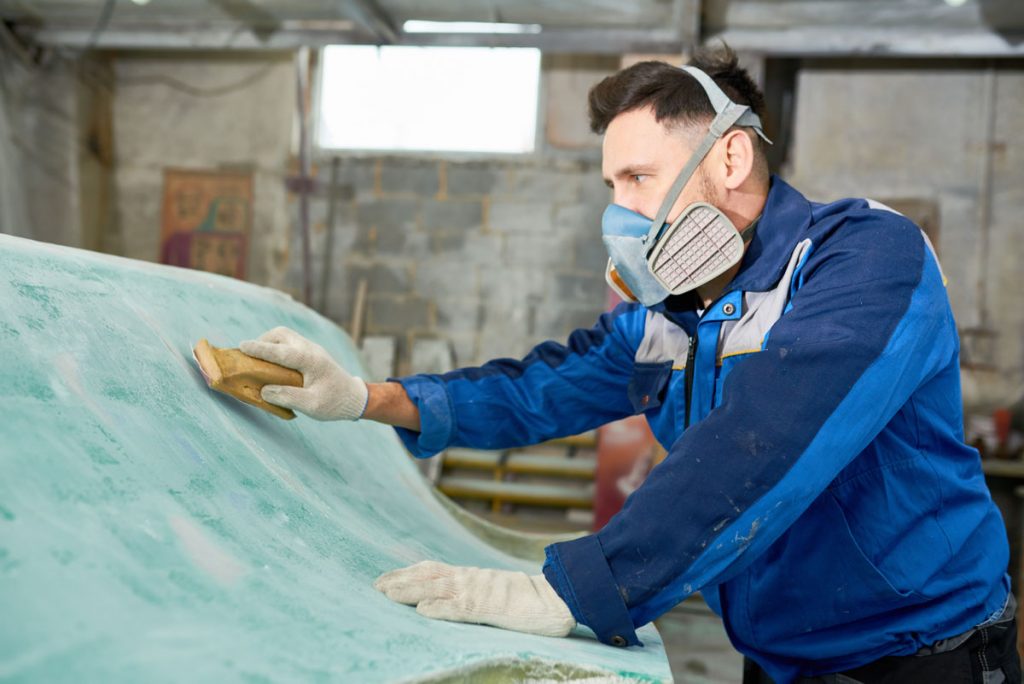
In reality, “asbestos” is a legal and commercial term covering many different minerals, but the following are considered to be asbestos. Read on to learn more. Chrysotile Chrysotile is the most common asbestos. Found in walls, roofs, ceilings as well as floors. It also has applications is the automobile industry for boiler seats, gaskets, brake […]
Asbestos In Kitchens

When you are renovating your kitchen you should be aware of serious health and safety concerns as you may be exposed to asbestos and this can cause harm to yourself as well as those living in the same house as you. This is why you need to test materials for asbestos. Look at the following […]
Asbestos And Commercial Buildings

Originally workers involved in maritime work, manufacturing and building trades were exposed to the effects of asbestos. The effects of these included mesothelioma, lung cancer, and asbestosis. However, exposure to asbestos in the above areas is very different than the exposure for the potential for people who occupy commercial buildings with asbestos-containing building materials, known […]
